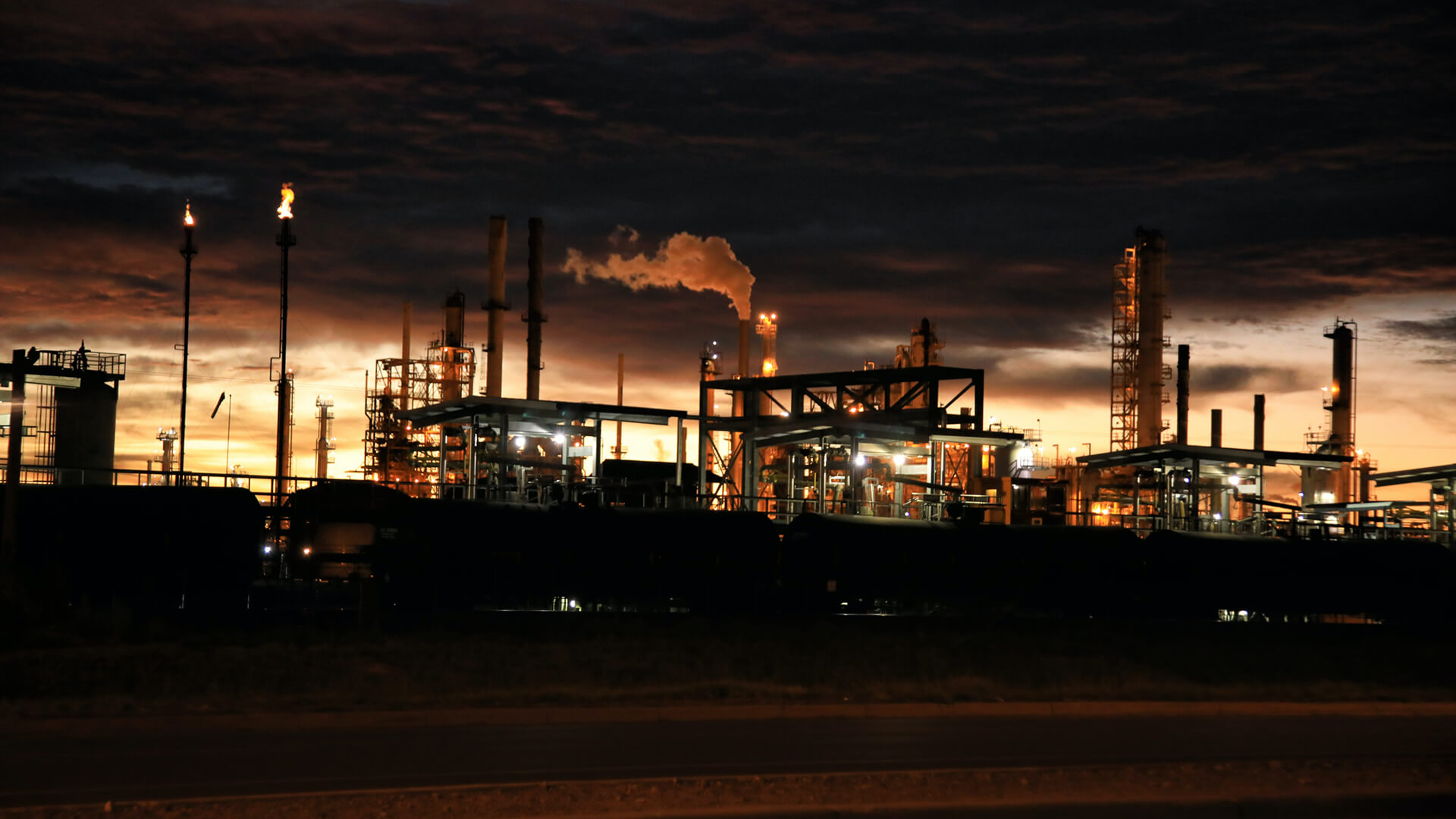Following its discovery in the 70s, the Cantarell oil field enabled Mexico to become a major oil producer. Decades of lax management and complacency by Pemex, Mexico’s state-owned oil company, together with the declining output of the Cantarell, has left the country with serious production problems.
President López Obrador has attempted to revive Mexico’s energy sector with heavy investments into refineries like the one in Tabasco. Unfortunately, Pemex’s inefficiency led to budget issues which delayed the project even further. It could be too little, too late for the Mexican energy sector.
To add insult to injury, Mexico’s preexisting refineries were designed to process Mexico’s own heavy, sour crude, not the light, sweet stuff coming from the US. So, even if the US wanted to send some crude Mexico’s way, it would be futile. If Mexico continues down this path, they’ll be forced to import refined US oil or rely on unstable regions for crude that matches their refineries’ needs. Either way, this dependency would cause major economic and political challenges.
Here at Zeihan On Geopolitics we select a single charity to sponsor. We have two criteria:
First, we look across the world and use our skill sets to identify where the needs are most acute. Second, we look for an institution with preexisting networks for both materials gathering and aid distribution. That way we know every cent of our donation is not simply going directly to where help is needed most, but our donations serve as a force multiplier for a system already in existence. Then we give what we can.
Today, our chosen charity is a group called Medshare, which provides emergency medical services to communities in need, with a very heavy emphasis on locations facing acute crises. Medshare operates right in the thick of it. Until future notice, every cent we earn from every book we sell in every format through every retailer is going to Medshare’s Ukraine fund.
And then there’s you.
Our newsletters and videologues are not only free, they will always be free. We also will never share your contact information with anyone. All we ask is that if you find one of our releases in any way useful, that you make a donation to Medshare. Over one third of Ukraine’s pre-war population has either been forced from their homes, kidnapped and shipped to Russia, or is trying to survive in occupied lands. This is our way to help who we can. Please, join us.
Transcript
Hey, everybody. Peter Zeihan here, coming to you from lower Ottaway Lake in southern Yosemite. And today, we’re gonna talk about Mexican energy. The story begins over a century ago, when there was a discovery called the Cantrell field offshore Mexico. And the Cantrell is unique among oil fields. It’s basically shaped like a volcano, with the tip at the very top and the pressure pushing all the oil towards the tip.
So, basically, they were able to put just a handful of offshore production platforms above that tip. You can see all the platforms from one another, and the pressure just continued to flow and flow and launch, flow and flow. It made Mexico a major oil producer and a significant exporter and supplier to the United States. However, one of the threads in Mexican politics is a degree of anti-Americanism, largely because the United States is the closest to the North, and it can get a little bit bossy.
So, the Mexicans actually put into their constitution that no energy asset could be operated or owned by a foreign entity. So Pemex, which is a state oil company in Mexico, was in charge of everything. Well, when you exist in that sort of controlled environment, you tend to get a little sloppy, especially when the oil comes easy. So, decades turn into decades turn into decades, and eventually, the Cantrell starts to give out.
Pemex never really bothered to learn how to explore or produce more difficult fields. And so, for the last 30 years, we’ve seen Cantrell basically fall to almost nothing, and Mexican oil production fall with it. While this is going on, Mexico is rapidly industrializing because of NAFTA, so its fuel needs have gone up. They finally loosened up some of the restrictions a little bit and allowed the import of refined products so that, you know, cars could run. Mexico is now the single largest consumer of American-exported fuels, courtesy of the shale revolution.
Well, in comes the president, Lopez Obrador, who is more anti-American than most Mexican politicians and decided that this was a bad idea. So he started splurging money on a refinery in his home state of Tabasco to make it so that Mexico wouldn’t have to import refined product. Pemex, being as incompetent as it is, saw the project go hugely over budget.
It’s operational now. But here’s the problem: Pemex can really only focus on one thing at a time, and they don’t really do the one thing all that well. So yes, they now have the refinery starting up, but oil production is tanking to the point that, very, very soon—probably within 2 or 3 years—it’s going to fall below the level that Mexico needs to supply its own needs.
So yes, they can refine, but they can’t produce the crude. The problem is, this isn’t something where they can just turn to American fuels. The new problem is American oil is primarily light and sweet, coming from the shale fields. Basically, shale fields are kind of like concrete, and there are little pockets of petroleum trapped in between the individual particles of the rock.
That’s why you have to frack it. You basically spider up the entire thing with cracks, and then the stuff can get out. The Cantrell field and most Mexican fields are much more traditional in comparison, so the oil can migrate through the rock strata. Well, for shale, this means there are fewer contaminants in it, which is the whole light sweet thing. Mexican crude is more heavy and more sour.
The Tabasco refinery, along with all of Mexico’s refineries, were designed to run on Mexican crude. So if they end up having to import oil in order to make their own refined product, it’s not going to be U.S. shale crude. They’d have to completely overhaul the refineries for that. Mexico has now become the one country in the Western Hemisphere that might actually be dependent upon oil politics of the Eastern Hemisphere. For the United States, which is slowly retooling all of its refineries to run on its own crude, this has become a bit of a headache, but one that can be dealt with, especially since
the United States has the capital to change its refineries to run on its own crude. Mexico doesn’t have that kind of resources, so we’re probably going to be getting to a situation within a decade when Eastern hemispheric energy flows are interrupted. The United States is fine—in fact, is doing great—but Mexico is either going to have to shut down its own refineries and then bring in American refined product again, or be subject to a crazy price environment that is subject to things like Russian shutdowns and more wars in the Middle East.
Mexico has, unfortunately, found a way to make itself far more exposed than it needs to be because of nationalism. How they deal with that? Well, only time will tell.







